SS 272:2012 – UPVC Pipes and Fittings Below Ground for Drainline and Sewers is the Singapore Standard that specifies the requirements for unplasticized polyvinyl chloride (uPVC) pipes and fittings used in underground drainage and sewerage systems. This standard ensures the quality, reliability, and safety of uPVC pipes and fittings for below-ground applications.
Key Aspects of SS 272:2012
1. Scope and Application
- Scope: This standard covers the specifications for uPVC pipes and fittings intended for use in non-pressure underground drainage and sewerage systems.
- Application: It applies to residential, commercial, and industrial installations.
SS 272:2012 Material Specifications
2. Material Properties
- uPVC Composition: Pipes and fittings must be manufactured from unplasticized polyvinyl chloride (uPVC) to ensure high resistance to chemicals and environmental stress.
- Additives: Only approved additives that do not impair the performance of the uPVC are allowed.
Physical Properties
3. Dimensions and Tolerances
- Standard Sizes: Pipes and fittings must conform to specified diameters and wall thicknesses.
- Tolerances: Dimensional tolerances are provided to ensure proper fit and performance.
4. Pipe Lengths
- Standard Lengths: Pipes are usually supplied in standard lengths to facilitate handling and installation.
Mechanical Properties
5. Strength and Durability
- Tensile Strength: The uPVC material must possess adequate tensile strength to withstand mechanical stresses during installation and operation.
- Impact Resistance: The material should resist impacts encountered during handling and installation.
6. Jointing Methods
- Types of Joints: Common jointing methods include solvent cement joints and rubber ring joints.
- Leakage Tests: Joints must pass leakage tests to ensure watertightness.
Testing and Quality Control
7. Quality Control Tests
- Visual Inspection: Pipes and fittings should be inspected for surface defects such as cracks and voids.
- Dimensional Checks: Regular checks should ensure that dimensions meet specified standards.
8. Mechanical Testing
- Tensile Test: Verify material strength through tensile testing.
- Impact Test: Assess the material’s ability to withstand impacts.
9. Hydrostatic Pressure Test
- Testing Procedure: Pipes are subjected to hydrostatic pressure tests to ensure they can withstand internal pressures without leaking.
Installation Guidelines
10. Trench Preparation
- Trench Design: Trenches should be designed to accommodate the pipes, considering soil conditions and load requirements.
- Bedding and Backfilling: Proper bedding and backfilling techniques are necessary to support and protect the pipes.
11. Pipe Laying
- Alignment and Gradient: Pipes must be laid correctly to maintain proper flow and prevent blockages.
- Jointing Procedures: Follow recommended procedures to ensure durable and leak-proof joints.
Maintenance and Inspection
12. Regular Maintenance
- Inspection: Conduct regular inspections to identify and fix any issues such as blockages or leaks.
- Cleaning: Use appropriate methods to clean and maintain the drainage and sewerage systems.
13. Repair Procedures
- Repair Techniques: Follow recommended techniques for repairing uPVC pipes and fittings.
- Replacement: Replace damaged sections with compliant pipes and fittings.
Compliance and Certification
14. Compliance
- Manufacturing Compliance: Ensure all uPVC pipes and fittings comply with SS 272:2012 standards.
- Installation Compliance: Verify that installation practices adhere to the standard guidelines.
15. Certification
- Product Certification: Obtain certification to confirm that products meet SS 272:2012 requirements.
- Installer Certification: Ensure that installers are certified and trained to follow SS 272:2012 standards.
Example Compliance Checklist
| Activity | Frequency | Description |
|---|---|---|
| Visual Inspection | Upon Delivery | Check for visible defects such as cracks or voids. |
| Dimensional Verification | Batch-wise | Measure dimensions to ensure compliance with standards. |
| Tensile Strength Testing | Quarterly | Conduct tensile tests to verify material strength. |
| Impact Resistance Testing | Quarterly | Perform impact tests to ensure material resilience. |
| Hydrostatic Pressure Testing | Per Lot | Test pipes for leakage under pressure conditions. |
| Installation Inspection | During Installation | Inspect trenches, alignment, and jointing to ensure proper installation. |
Conclusion
SS 272:2012 provides detailed requirements for the manufacturing, testing, installation, and maintenance of uPVC pipes and fittings used below ground for drainage and sewerage systems. Adhering to this standard ensures the durability, safety, and effectiveness of underground drainage infrastructure. For comprehensive details and specific scenarios, refer to the full SS 272:2012 document and consult with professionals knowledgeable about the standard.
Note: All Password are [“salaimep” or “salaimep.com”]
Download |OneDrive, Google Drive
Also Download – SS 636:2018 Code of Practice for Water Services
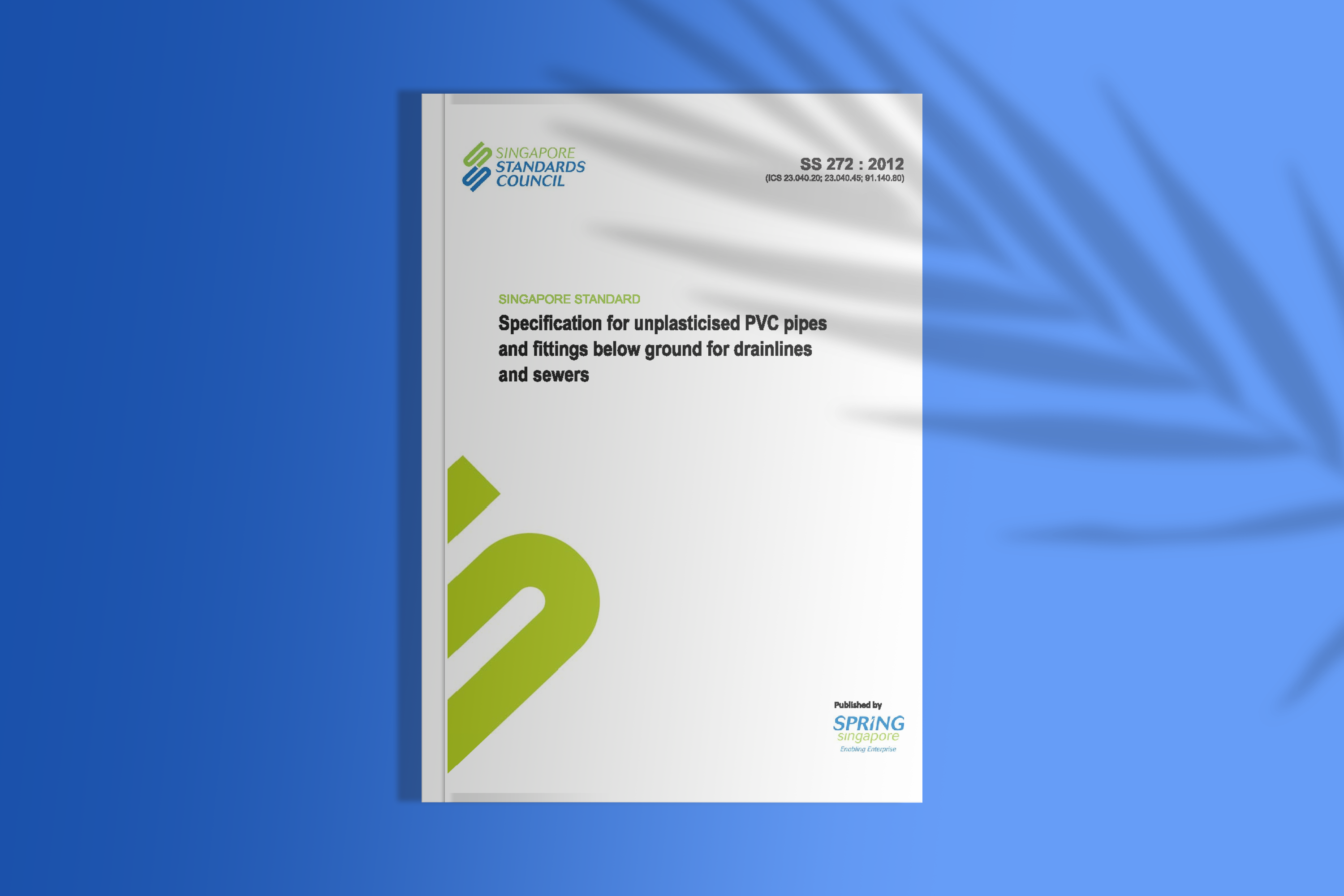
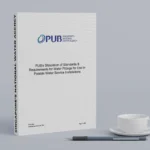
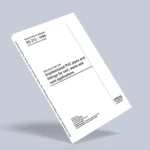




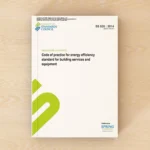
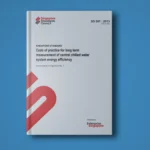
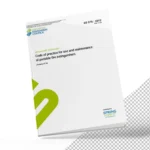
1 thought on “SS 272:2012 UPVC Pipes and Fittings Below Ground for Drainline Download”